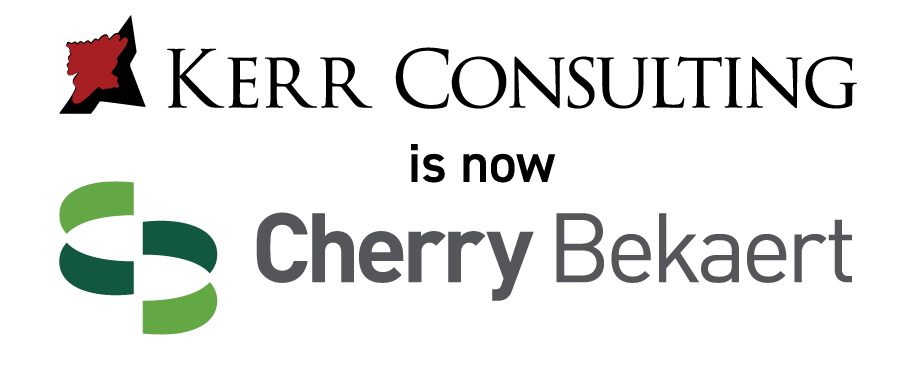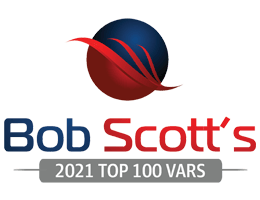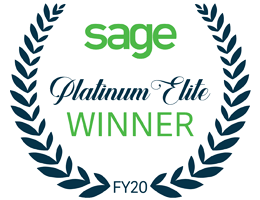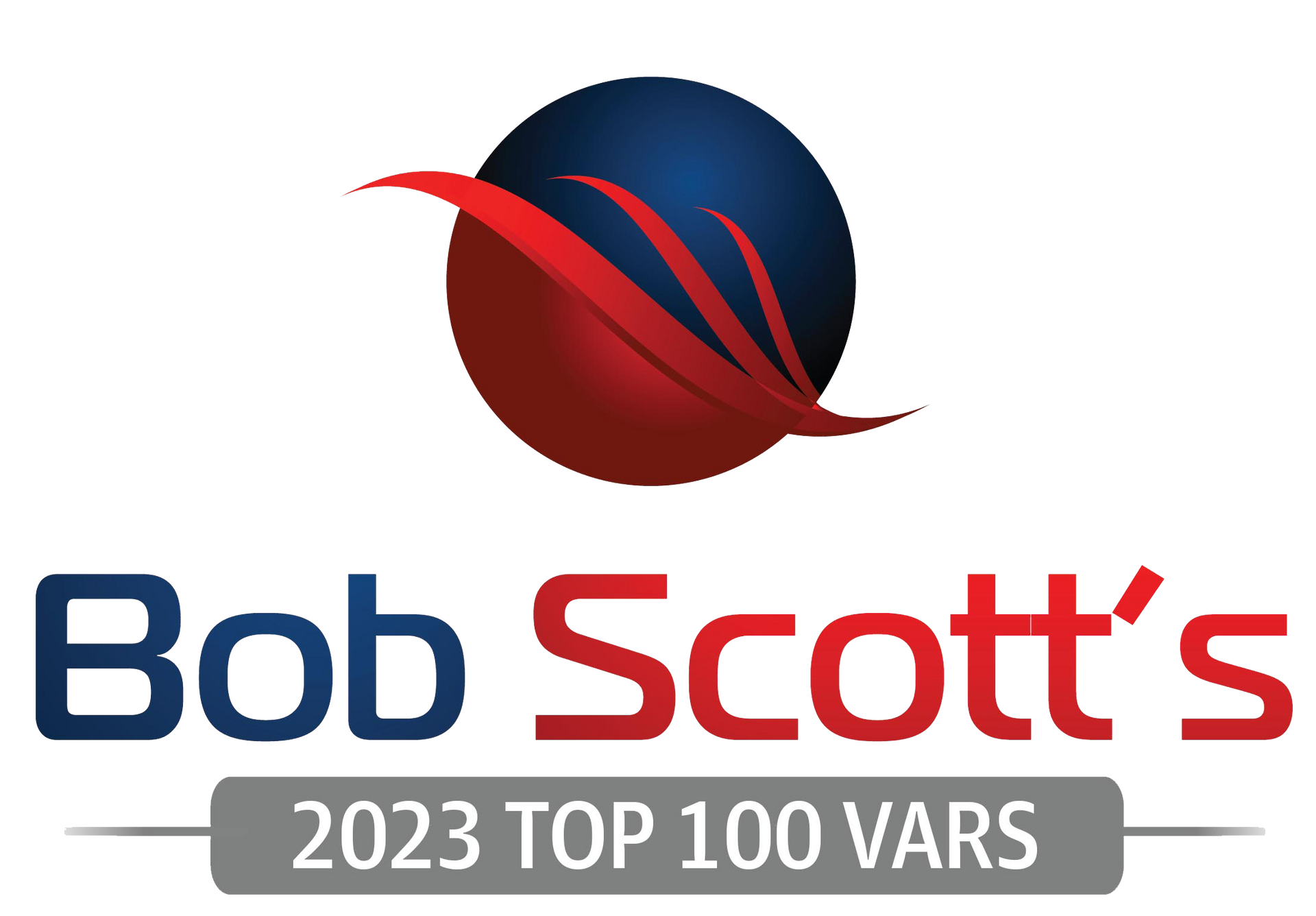Mastering Food Cost Management: Top Software Solutions & Best Practices
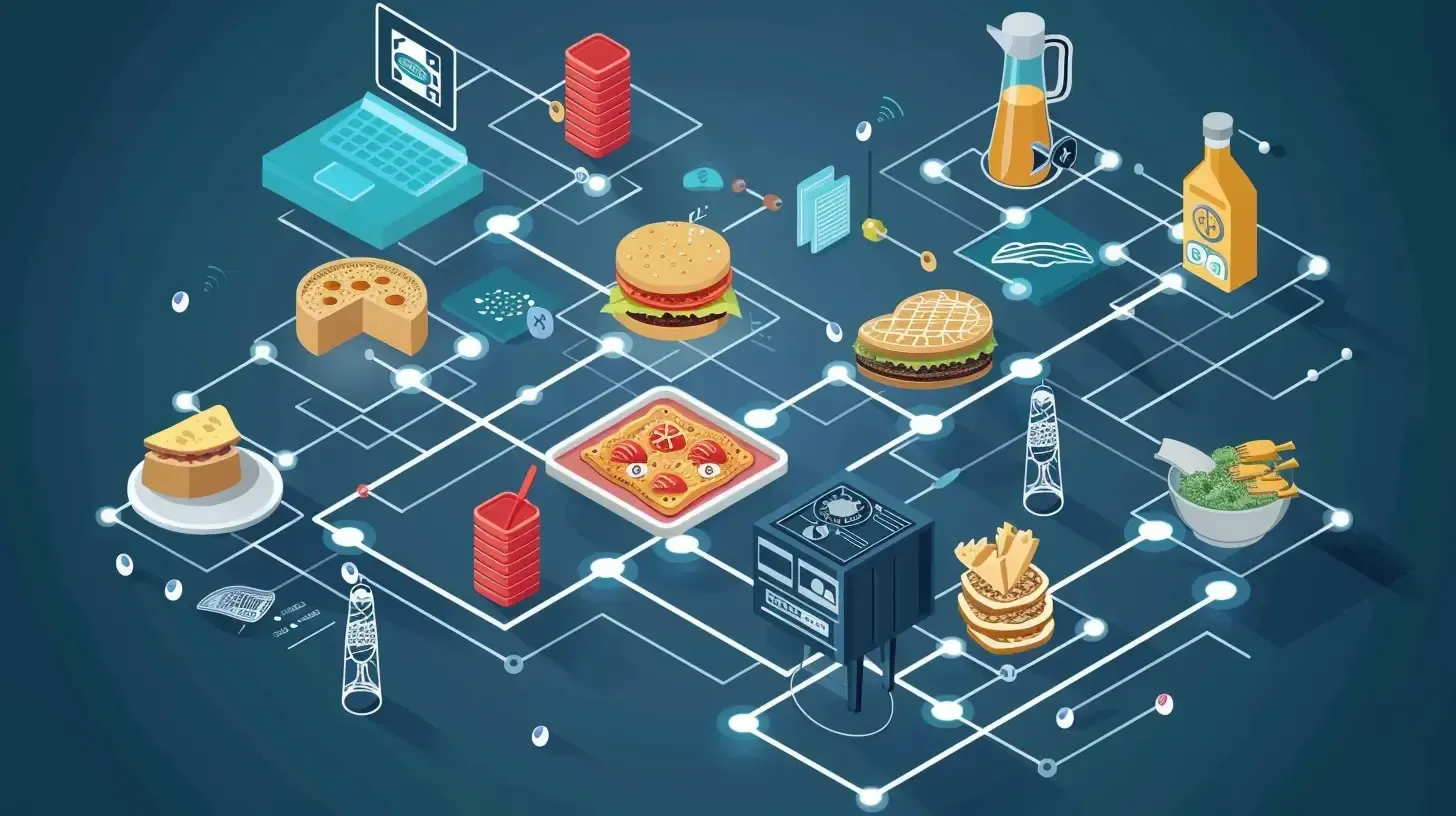
In the bustling world of the hospitality industry, mastering food cost management is a critical skill. It's a complex task that requires precision, strategy, and a keen understanding of the market.
Food cost management is not just about crunching numbers. It's about making informed decisions that can significantly impact a restaurant's profitability. It's about understanding the delicate balance between cost control and customer satisfaction.
This article aims to guide you through the intricacies of food cost management. We will delve into the role of technology, specifically food costing software, in streamlining this process. We will also explore the importance of regular financial planning and budgeting in managing food costs effectively.
We will provide you with strategies for inventory management, techniques for adjusting menu pricing, and tips for integrating expense tracking systems. All these elements are crucial in achieving successful food cost management.
Whether you're a restaurant owner, a chef, or a food service manager, this article will equip you with the knowledge and tools you need. It's time to take control of your food costs and steer your business towards greater profitability.
Welcome to the world of food cost management. Let's begin this journey towards mastering it.
The Critical Role of Food Cost Management in the Hospitality Industry

Food cost management is a cornerstone of successful operations in the hospitality industry. It's a strategic process that involves monitoring, controlling, and optimizing the cost of food in a restaurant or food service business.
This process is not just about reducing costs. It's about maximizing profitability without compromising on the quality of food or the dining experience. It's about making informed decisions on menu pricing, portion sizes, and inventory management.
Effective food cost management can significantly impact a restaurant's bottom line. It can help identify areas of waste, streamline operations, and improve financial planning. In a highly competitive industry, mastering food cost management can be the key to sustainable success.
Understanding Food Costs and Their Impact on Profitability
Food costs are a significant part of a restaurant's operating expenses. They include the cost of ingredients used in preparing dishes and the cost of beverages served.
Managing these costs effectively is crucial for profitability. High food costs can eat into your profits, while low food costs may indicate compromised food quality or portion sizes.
Here are some factors that can influence food costs:
- Market prices of ingredients
- Seasonality and availability of ingredients
- Waste and spoilage
- Portion sizes
- Menu pricing
The Ideal Food Cost Percentage
The food cost percentage is a key metric in food cost management. It's the ratio of the cost of ingredients to the selling price of a dish.
The ideal food cost percentage can vary depending on the type of restaurant and its pricing strategy. However, a common benchmark in the industry is around 28-35%.
Calculating Your Restaurant's Food Cost
Calculating your restaurant's food cost is a critical step in food cost management. It involves adding up the cost of ingredients used in each dish and dividing it by the selling price of the dish.
Here's a simple formula for calculating food cost percentage:
- Food Cost Percentage = (Total Cost of Ingredients / Selling Price of Dish) * 100
This calculation should be done regularly to reflect changes in ingredient costs and menu prices.
Challenges in Food Cost Management
Managing food costs is not without its challenges. One of the main difficulties is the fluctuating prices of ingredients. Market prices can vary due to factors like seasonality, weather conditions, and global supply chains.
Another challenge is waste management. Food spoilage and waste can significantly increase food costs. This can be due to over-purchasing, poor storage practices, or inefficient kitchen operations. Effective food cost management requires strategies to address these and other challenges.
Leveraging Food Costing Software for Efficiency

In the digital age, technology plays a crucial role in managing food costs. Food costing software can streamline the process, making it more efficient and accurate. These tools can automate tasks like inventory tracking, recipe costing, and menu pricing.
They can also provide valuable insights through data analytics. This can help businesses predict food cost trends and make informed decisions. Moreover, many of these software solutions are cloud-based, allowing for real-time data access and collaboration.
Benefits of Integrating Software Solutions
Integrating food costing software with other business systems can bring several benefits. It can improve financial oversight by providing a comprehensive view of all costs. This can help identify areas for improvement and potential cost savings.
Moreover, it can enhance accuracy and reduce manual errors. This is particularly important in tasks like inventory management and menu pricing, where errors can significantly impact profitability.
Top Food Costing Software Solutions
Several software solutions stand out for their features and user-friendliness. These include MarketMan, PeachWorks, and CostBrain. MarketMan offers robust inventory management and supplier communication features. PeachWorks provides comprehensive reporting and forecasting tools. CostBrain stands out for its artificial intelligence capabilities, which can automate tasks and provide predictive analytics.
Each of these solutions has its strengths and can be a valuable tool in food cost management. The choice depends on the specific needs and budget of the business.
Best Practices in Menu Pricing and Cost Control

Effective menu pricing is a critical aspect of food cost management. It involves balancing the cost of ingredients, labor, and overheads with the price customers are willing to pay. This requires a deep understanding of the market and customer preferences.
Strategic cost control, on the other hand, involves monitoring and adjusting costs to maintain profitability. This can include negotiating with suppliers, reducing waste, and optimizing processes. Regular financial planning and budgeting are key to effective cost control.
Both menu pricing and cost control should be aligned with the overall business goals. They should also be flexible to adapt to changing market conditions and consumer trends.
Menu Engineering and Pricing Strategies

Menu engineering is a strategic approach to designing and pricing a menu. It involves analyzing each dish's profitability and popularity to determine its placement on the menu. This can help drive sales of high-profit items and improve overall profitability.
Pricing strategies, on the other hand, involve setting prices that reflect the value of the dish, the target profit margin, and the market conditions. This requires regular reviews and adjustments to keep up with changes in food costs and customer expectations.
Portion Control and Its Importance
Portion control is a crucial method of cost management. It involves standardizing the size and cost of each serving to ensure consistency and profitability. This can help reduce waste, control food costs, and maintain consistent food quality.
Moreover, portion control can also impact customer satisfaction. Serving sizes that are too small can leave customers feeling unsatisfied, while overly large portions can lead to waste and increased costs. Therefore, finding the right balance is key to successful portion control.
Effective Inventory Management Techniques
Inventory management is a vital part of food cost management. It involves tracking and controlling the stock of ingredients to prevent overstocking or understocking. Effective inventory management can help reduce waste, lower costs, and ensure the availability of ingredients when needed.
Technology can play a significant role in streamlining inventory management. Food costing software often includes inventory management features that can automate tracking, provide real-time data, and alert managers to potential issues. This can save time, reduce errors, and improve decision-making.
However, technology alone is not enough. It should be complemented with regular physical inventory checks, staff training, and a well-organized storage system. This can help ensure accuracy, prevent theft, and maintain the quality of ingredients.
Reducing Waste and Optimizing Stock Levels
Reducing waste is a key strategy for managing food costs. This involves minimizing overproduction, repurposing leftovers, and properly storing ingredients to extend their shelf life. Regular waste audits can help identify areas for improvement and measure the effectiveness of waste reduction strategies.
Optimizing stock levels, on the other hand, involves maintaining a balance between having enough stock to meet demand and avoiding overstock that can lead to waste. This requires accurate forecasting, regular inventory checks, and a responsive ordering system. Predictive ordering, enabled by data analytics, can be particularly effective in achieving optimal stock levels.
Financial Planning and Budgeting Tips for Food Service Operations
Financial planning and budgeting are crucial for effective food cost management. They involve setting financial goals, allocating resources, and monitoring financial performance. This can help ensure profitability, manage cash flow, and guide decision-making.
Budgeting for food service operations involves estimating future revenues and expenses, including food costs. This requires a thorough understanding of the business, accurate forecasting, and regular budget reviews. Budgeting software can aid in this process by automating calculations, providing templates, and generating reports.
Financial planning, on the other hand, is a broader process that involves setting long-term financial goals, developing strategies to achieve these goals, and monitoring progress. This requires a comprehensive approach that considers all aspects of the business, including food cost management.
Expense Tracking and Revenue Management
Expense tracking is a key part of financial planning and budgeting. It involves recording and analyzing all business expenses, including food costs. This can help identify areas for cost reduction, ensure compliance with budgets, and provide insights for financial decision-making.
Revenue management, on the other hand, involves strategies to maximize revenues while maintaining customer satisfaction. This includes menu pricing strategies, promotional activities, and revenue forecasting. Effective revenue management can help offset food costs, increase profitability, and ensure the financial sustainability of the business.
Conclusion: The Path to Sustainable Food Cost Management
Mastering food cost management is a journey, not a destination. It requires continuous learning, adaptation, and improvement. By leveraging technology, implementing best practices, and fostering a culture of cost awareness, businesses can optimize their food costs and enhance profitability.
However, it's important to remember that food cost management is not just about cutting costs. It's about creating value - for the business, for the customers, and for the environment. By aligning food cost management strategies with broader business goals and sustainability initiatives, businesses can achieve financial success while making a positive impact.
